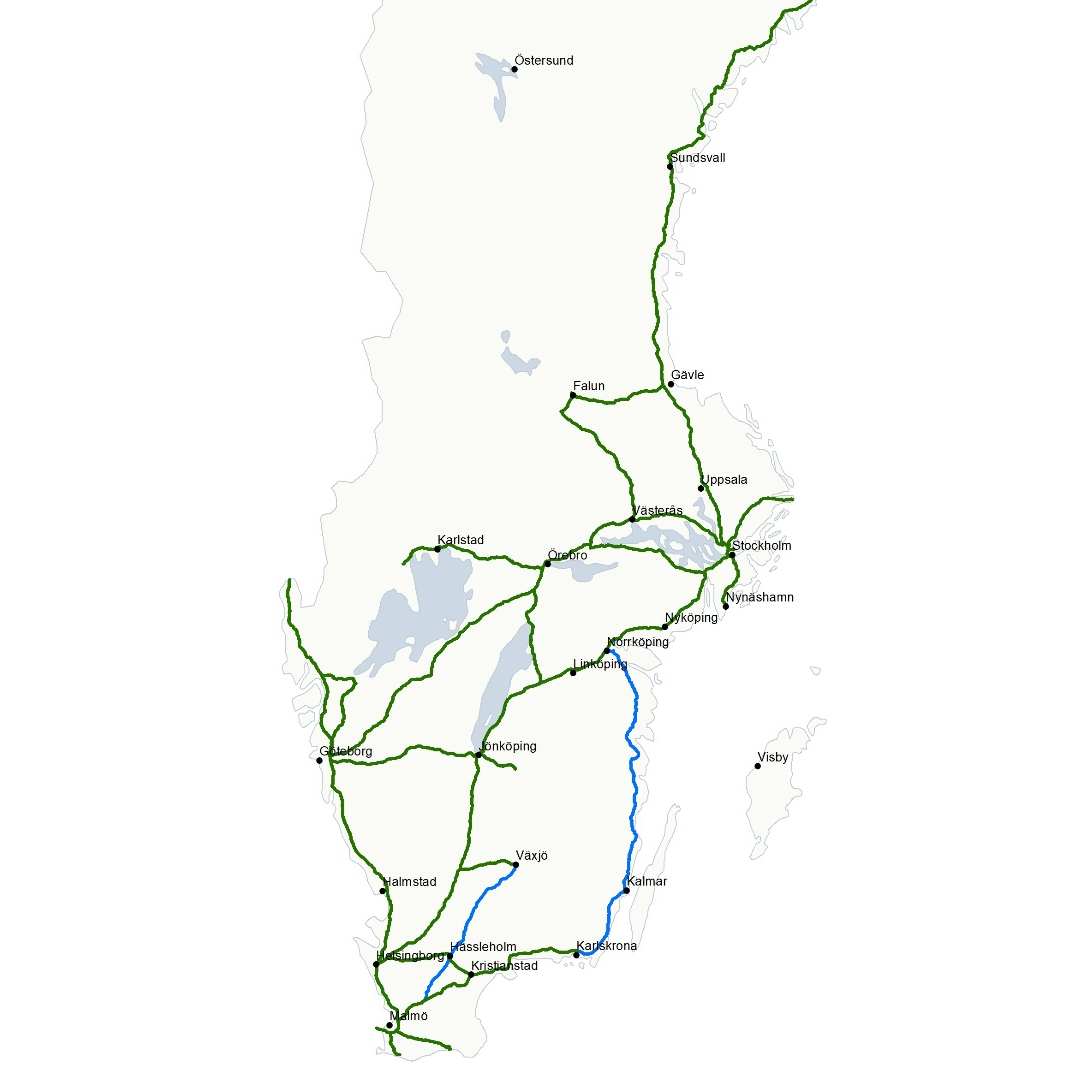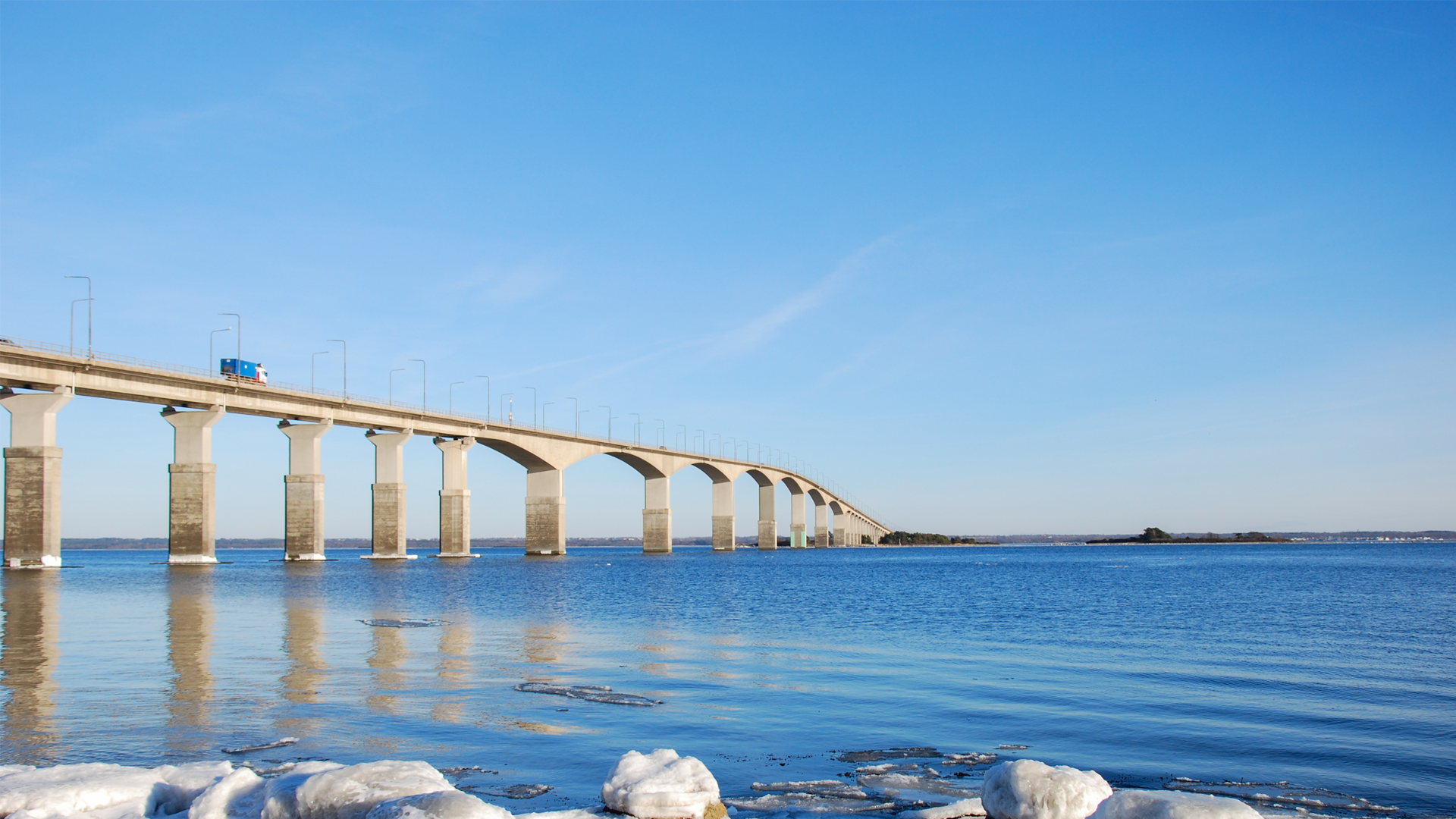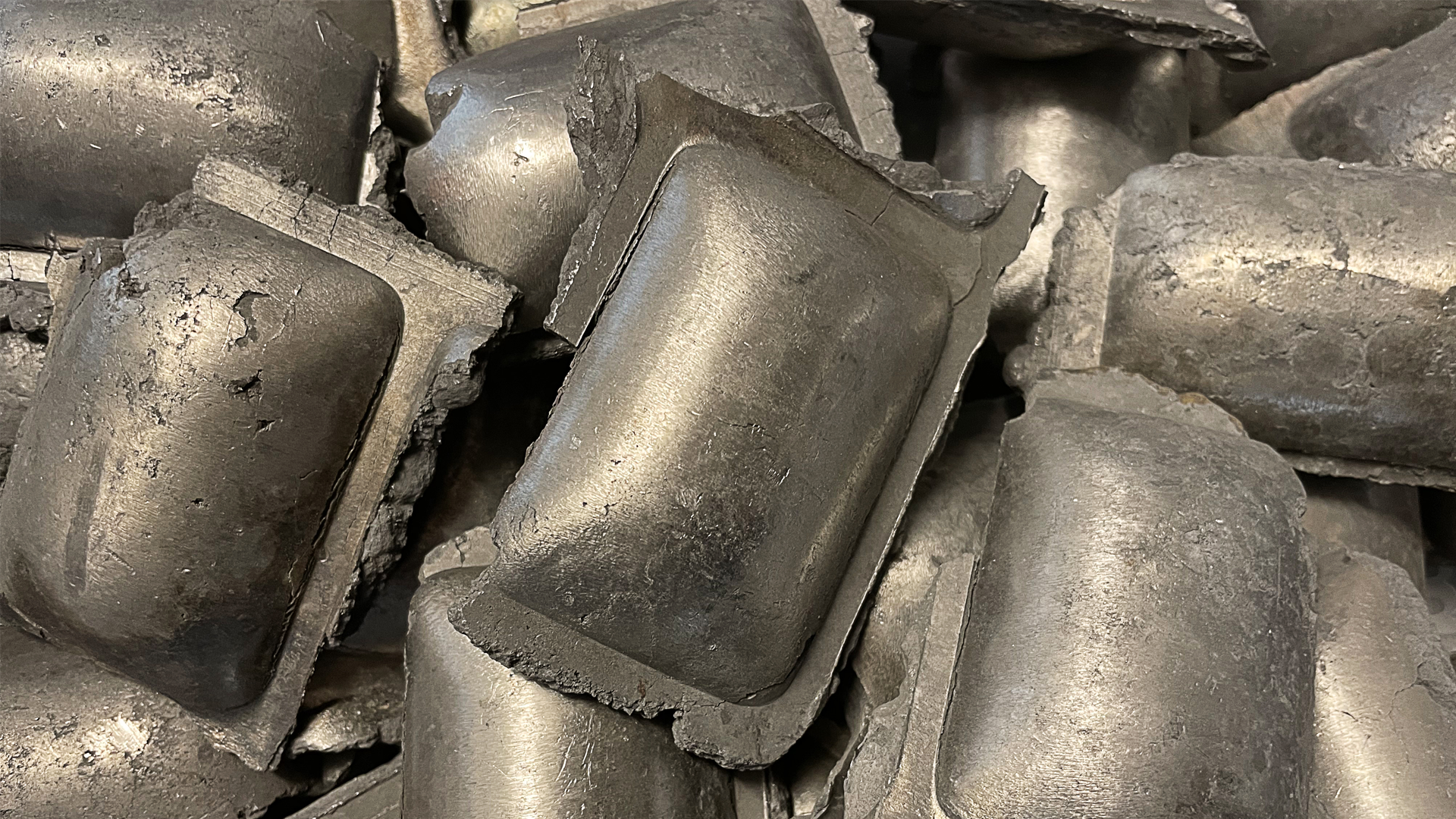Will Your Truck Roll On “74-tonne Roads”?
Which roads are equipped for this type of traffic, and why these particular roads? Expanding the road network is a very profitable proposal, socio-economically speaking. According to the Swedish Transport Administration, positive societal benefits can be gained by expanding BK4 (bearing capacity class 4) roads. Let’s take a closer look at the benefits of operating High Capacity Vehicles (HCV) on BK4 roads.
Increased road safety
With HCVs, the total number of vehicles on the road is reduced, which leads to a lower overall risk of collisions and ultimately benefits road safety. Longer vehicle combinations are also seen as advantageous from a road safety perspective. It’s true that overtaking takes longer, but having fewer vehicles on the road is nevertheless expected to be conducive to increased safety on the designated road network. Results from the Swedish Transport Administration’s analysis indicate that approximately 9,000 km of road network could theoretically allow for vehicle combinations longer than the present 25.25 m.
Last year, nearly half (45%) of heavy vehicles on Swedish roads were overladen.
This is a dramatic increase from five years earlier, when the same figure was 23%, according to the Swedish Transport Administration. This means that the need for HCVs built for a higher load capacity has increased in recent years. HCV rigs can help to ensure that fewer vehicles need to be driven overladen.
“An overladen vehicle can result in reduced stability and somewhat reduced road safety, and can lead to more accidents,”
says Lennart Kalander from the Department of National Planning at the Swedish Transport Administration.
Efficiency and the environment
Since fewer HCVs are able to transport a greater amount of goods, this leads to lower fuel consumption and CO2 emissions per kilogram of cargo, which consequently reduces air pollution and other environmental impact. The findings of the Swedish Transport Administration imply that longer and heavier vehicles are more climate-efficient than heavier vehicles alone. The conclusion is that introducing longer vehicles with higher load capacities has the potential to reduce CO2 emissions from trucks by 4-6%.
National economy
Almost half of today’s freight transport takes place on the proposed road network. Expanding the BK4 network and encouraging greater use of HCVs will prove conducive to reducing vehicle expenses and transport costs. Moreover, the proposed road network is already of a high standard, which means that major costs to modify the network can be avoided. According to the Swedish Transport Administration, approximately 4,500 km of interconnected road networks can be opened by 2025 at a cost of SEK 150 million.
Potential and benefits of BK4
- Greater number of HCVs reduces environmental impact
- Fewer vehicles on the road increases road safety
- Important for the national economy, minor modification costs to expand the road network
Challenges & risks
To create tomorrow’s BK4 roads on which HCVs longer than the current 25.25 m can also operate, slip roads and merging lanes must have the correct length and be appropriately dimensioned, and must allow for overtaking with good visibility for passenger vehicles. Intersections and urban thoroughfares must also allow for long vehicles. Expanding the BK4 road network also presents a risk of what is referred to as ‘migration from rail to road’, which could counteract climate goals to a certain degree.

Read more about what to consider when choosing a vehicle combination
Source
“Längre lastbilar på det svenska vägnätet - för mer hållbara transporter (Swedish Transport Administration report, March 2019)”
Recommended reading

Efficiency, Safety, and Sustainable Transport – Top 5 Articles and Insights of 2024

Transport Industry 2024: Great Progress Towards a Sustainable Future

